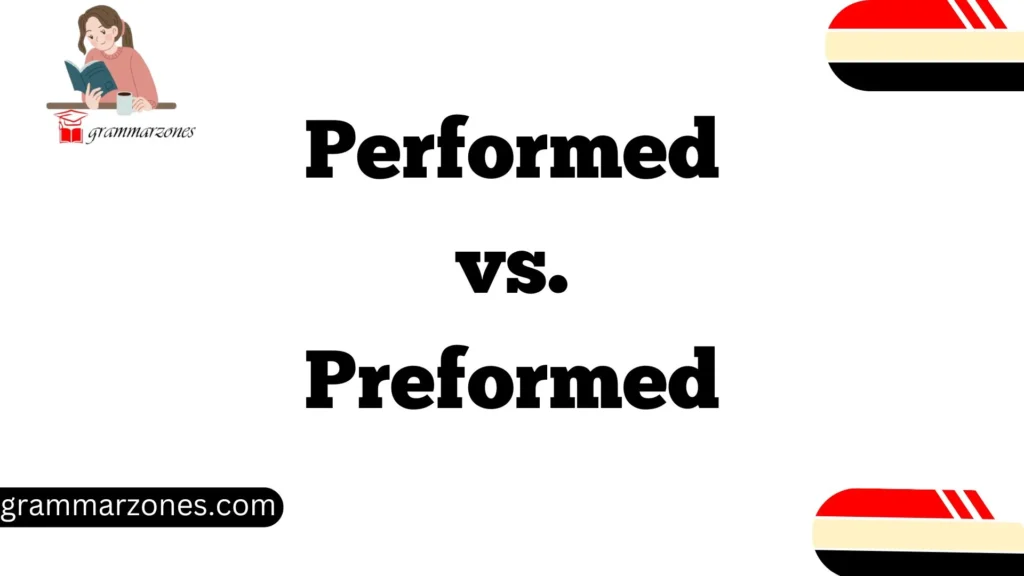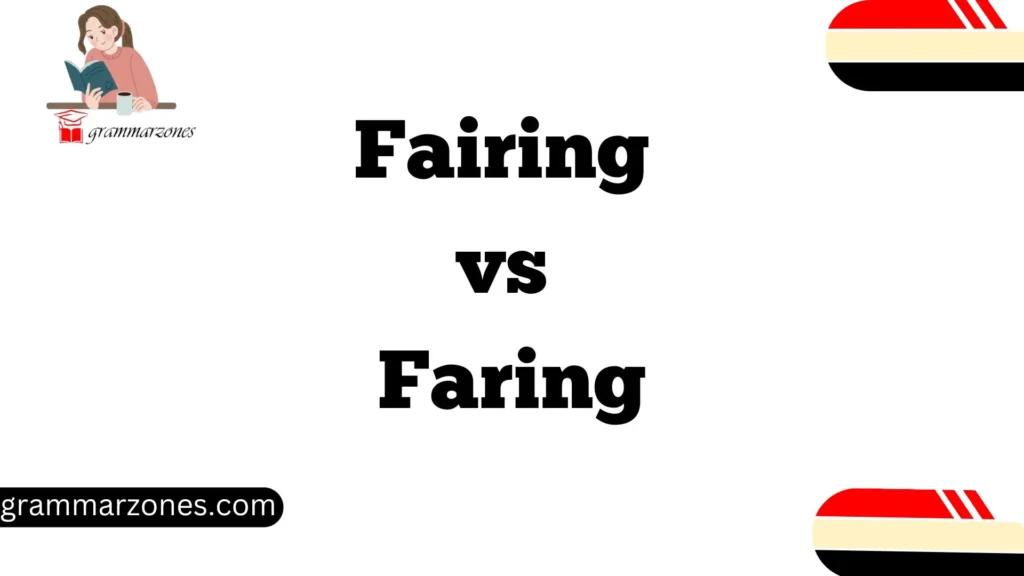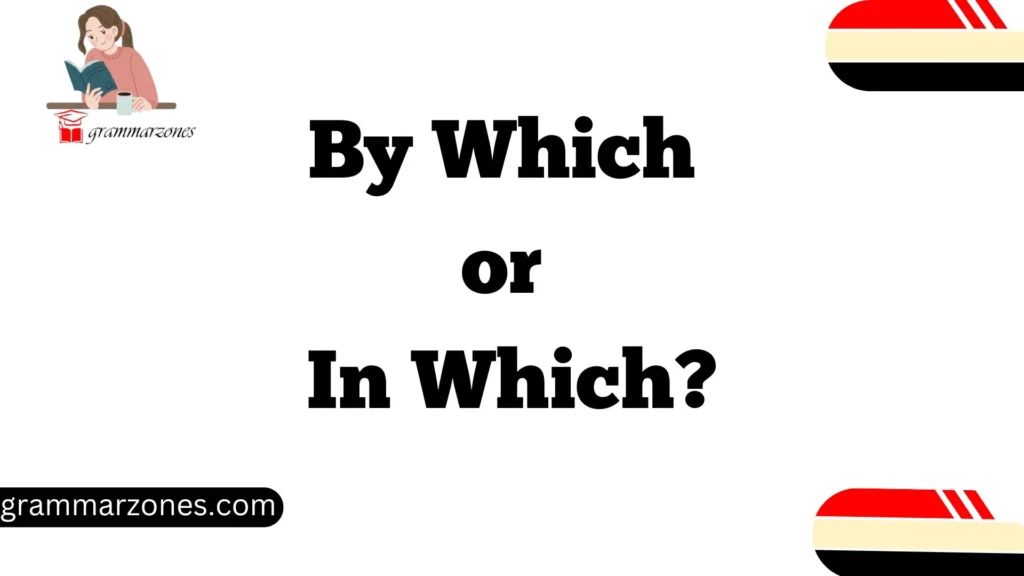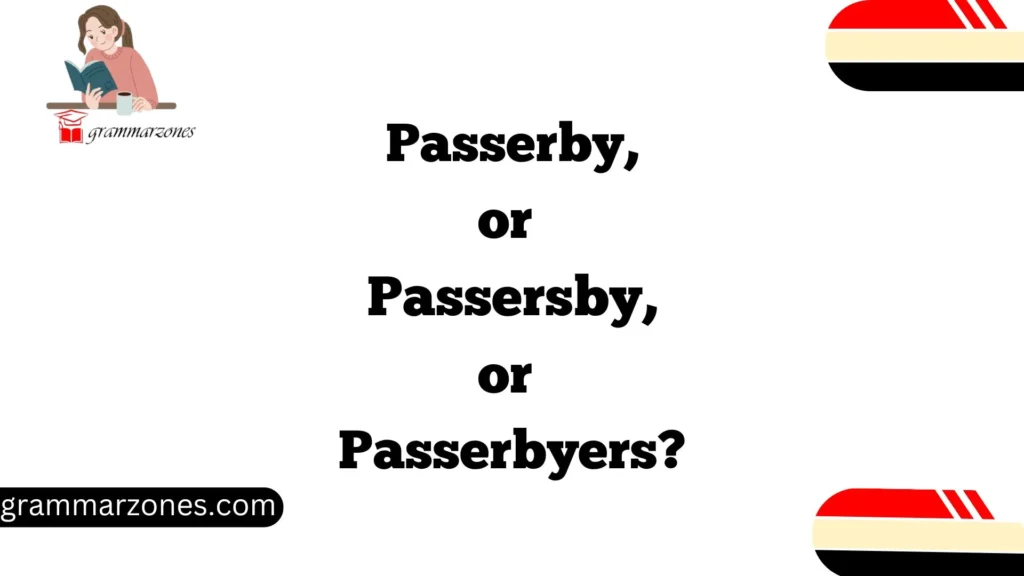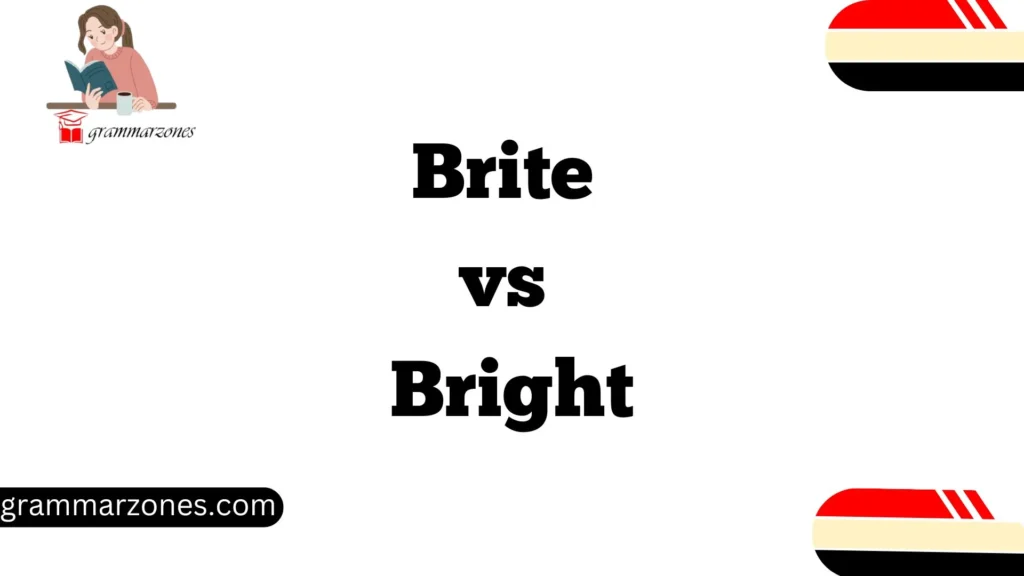You’ve probably come across the words “do not” and “don’t” in various forms of communication, whether you’re reading a formal document or chatting casually with a friend. At first glance, they seem pretty much the same—they both negate an action.
But when you start to look deeper, the differences between the two become apparent. Understanding the subtle distinctions between “do not” and “don’t” can significantly improve your communication skills and ensure that your message hits the right tone.
This guide is designed to help you unravel the mystery behind these two common phrases. We’ll dive into their grammatical rules, how to use them correctly, and the nuances of tone and formality that influence their meaning.
By the end of this article, you’ll have a clear grasp of when to use “do not” versus “don’t” and how each option can affect your communication.
The Core Grammar Rule Behind “Do Not” and “Don’t”
Before diving into when and why to use these two forms, let’s take a look at their basic grammatical structure. “Do not” and “don’t” both serve as a form of negation in the English language, but their construction differs slightly.
- “Do not”: This is the full, uncontracted form of the phrase. It is created by combining the auxiliary verb “do” with the negation “not” followed by the main verb.
- “Don’t”: This is a contracted form of “do not,” created by merging the “do” with “not” into a single word. The apostrophe replaces the missing letter “o” in “not.”
Both serve the same grammatical purpose of negating an action, but the key difference lies in the formality and tone of their usage.
| Full form | Contraction |
| Do not | Don’t |
Example Usage:
- “Do not”: “Please do not interrupt me while I’m speaking.”
(Formal, polite request) - “Don’t”: “Hey, don’t forget to call me later!”
(Informal, friendly request)
While both sentences have the same basic meaning, the tone and formality differ significantly.
Formality & Tone: One Sounds Like a Robot, the Other Like a Friend
The most noticeable difference between “do not” and “don’t” is their level of formality and the tone they set. Each version comes with its own subtle emotional nuances that can make a big impact on how your message is perceived by others.
Do Not: The Formal, Authoritative Option
The phrase “do not” is typically more formal and direct. It is frequently used in contexts where a serious, professional, or polite tone is required.
Formal writing such as legal documents, business correspondence, academic papers, and official instructions often favors the full form because it leaves no room for ambiguity.
Using “do not” in these situations conveys a sense of authority, seriousness, and respect.
Example:
- Business Email: “Please do not hesitate to contact me should you need any assistance.”
(This sounds formal and courteous, a polite invitation to engage.) - Instructional Text: “Do not use this product near open flames.”
(Clear, direct, and serious, as the stakes are high.)
Don’t: The Casual, Friendly Option
On the other hand, “don’t” is the contracted version, making it less formal, more conversational, and approachable. In casual contexts—whether it’s talking to friends, sending text messages, or posting on social media—people prefer using contractions like “don’t” for their relaxed, informal tone. The use of contractions makes the language feel more natural and comfortable, especially in settings where ease of communication and connection are the priority.
Example:
- Casual Text: “Don’t forget to bring your jacket—it’s cold outside.”
(Casual, friendly reminder) - Social Media Post: “Don’t miss out on this awesome event tomorrow!”
(Energetic and informal, designed to appeal to a broad audience)
Emphasis & Emotion: Where Meaning Starts to Shift
The power of emphasis in the way we communicate cannot be underestimated, and the difference between “do not” and “don’t” is no exception. When you use “do not”, you might be emphasizing something to show that it is very important, forbidden, or serious.
Example:
- “Do not cross this line.”
(Strong, emphatic, and authoritative) - “Don’t cross this line.”
(Softer, more laid-back)
The meaning is fundamentally the same in both examples, but the tone can change based on which version is used. The use of “do not” tends to sound more commanding and can indicate a higher level of urgency or severity in a situation. This is why formal documents, warnings, and official statements often prefer this construction.
In contrast, “don’t” feels much more relaxed and tends to be used when friendliness or a less strict tone is desired. It’s a small change, but it makes a big difference in how your message lands with your audience.
| Tone | Usage Example | Effect on Meaning |
| Strong | “Do not mess this up.” | Authority, urgency, command |
| Casual | “Don’t mess this up.” | Less intense, casual reminder |
Contractions in Real Life: How Native Speakers Actually Use Them
In everyday conversation, native speakers tend to favor contractions, particularly in informal settings. The contraction “don’t” flows more naturally in spoken language and is commonplace in personal emails, phone calls, and text messages.
Native English speakers use contractions like “don’t” frequently because it makes speech sound more fluid, casual, and relaxed. This is part of why informal speech tends to use contractions in nearly every situation, even when the speaker is discussing serious matters.
However, in formal contexts like academic papers or official reports, the full version “do not” is preferred to preserve professionalism.
Examples:
- Casual Speech: “I don’t know what happened.”
(Casual, conversational tone) - Formal Writing: “I do not have any further comments at this time.”
(More formal, fitting for a report or formal statement)
Regional Differences: A Global Perspective
You may also notice that the preference between “do not” and “don’t” varies based on geography and regional dialects. In some areas, English speakers are more likely to use full forms in formal settings, while others use contractions more freely.
For example, British English tends to use the full form in more formal writing, while American English is more likely to use contractions in similar contexts.
In more colloquial dialects, like Southern American English, the use of contractions is prevalent, even in situations where British English might opt for the full form.
Writing Style Choices: What Fits Your Voice Best?
Your choice between “do not” and “don’t” will be guided by your writing style and the tone you wish to convey. Writers, copywriters, and other communicators make deliberate choices about whether to use a contracted or non-contracted form based on their intended message and audience.
Examples of Style Choices:
- Formal Writing: For corporate websites, legal documents, and any content aimed at business professionals, the full form “do not” is used to maintain clarity and professionalism.
- Creative Writing: In a novel or script, the choice between “do not” and “don’t” may depend on how you want the characters to sound. A character speaking in a formal tone would likely use “do not”, while a laid-back or informal character might favor “don’t.”
| Tone | Audience Example | Usage Example |
| Formal | Business, Legal, Academic | “Do not hesitate to reach out for clarification.” |
| Casual | Social Media, Blogs, Texts | “Don’t forget to grab your tickets!” |
Language Learning Tip: When English Learners Should Use Each
For language learners, understanding the distinction between “do not” and “don’t” is essential to grasping tone and formality in English communication.
Here’s a quick guide:
- Use “do not” in formal or official contexts like presentations, essays, job interviews, and academic writing.
- Use “don’t” in casual conversations, when texting friends, or on social media platforms.
- Be cautious with contractions in formal writing. If in doubt, opt for “do not” as it’s safer in professional or academic contexts.
Common Mistakes:
- Double negatives: “I don’t have no idea” should be “I don’t have any idea.”
- Contraction misuse: Overuse of contractions in formal writing can make you seem less polished. Stick to “do not” in professional settings.
Cultural and Contextual Nuance
The usage of “do not” and “don’t” also depends on cultural and contextual factors. For example, in legal and instructional writing, the phrase “do not” carries an authoritative, clear, and serious tone, essential for instructions that must not be ignored.
In contrast, “don’t” is frequently used in **pop culture**, advertising, and informal settings because of its emotional relatability and casual tone.
Pop Culture Examples:
- Songs: “Don’t Stop Believin’” by Journey
- Slogans: Nike’s “Don’t quit.”
These contractions make the message more memorable, catchy, and accessible.
Quick Quiz: Test Your Knowledge
Let’s put your knowledge to the test. Fill in the blanks with either “do not” or “don’t.”
- _____ forget to take your umbrella.
- Please _____ feed the animals.
- I _____ think we’ve met before.
- _____ open the door without knocking.
- We _____ allow smoking in this facility.
Answers:
- Don’t
- Do not
- Don’t
- Do not
- Do not
Conclusion: Choosing Between “Do Not” and “Don’t” with Confidence
Understanding the difference between “do not” and “don’t” goes beyond grammar—it’s about making your communication effective, thoughtful, and appropriate for the setting. Whether you’re writing a formal business proposal, delivering a professional presentation, chatting with friends, or creating content for social media, the choice between these two forms changes the tone, clarity, and impact of your message.
Here’s what to remember:
- Use “do not” in formal, serious, or authoritative contexts where professionalism matters.
- Use “don’t” in casual, friendly, or conversational settings to sound more relatable and natural.
- Be intentional. The right choice shows respect for your reader, listener, or audience.
Language is a powerful tool. Knowing when to use each form helps you express ideas clearly and connect more meaningfully—whether you’re writing for impact or speaking with heart.
Frequently Asked Questions (FAQs)
What is the main difference between “do not” and “don’t”?
The difference lies in tone and formality. “Do not” is the full form, used in formal or serious contexts. “Don’t” is the contracted form, suitable for casual or conversational use. Grammatically, they mean the same thing.
Is “don’t” grammatically incorrect?
No. “Don’t” is grammatically correct and widely accepted, especially in spoken English and informal writing. It is simply the contracted version of “do not.”
Should I use “do not” in academic writing?
Yes. In academic and formal writing, it’s better to use “do not” to maintain a professional tone. Contractions like “don’t” may seem too casual in scholarly contexts.
Can I use “don’t” in business emails?
It depends on your tone and audience. For formal communication, use “do not.” For a more friendly or casual tone—especially in internal communications—“don’t” can work fine.
Why do native speakers use “don’t” more often?
Native speakers prefer “don’t” in speech and informal writing because it sounds more natural, relaxed, and efficient. It helps keep conversations flowing.

“Emma Rose is a dedicated language enthusiast who loves to explore the beauty of English grammar and writing. Through GrammarZones.com, Emma shares her expertise and passion for language, offering helpful resources and engaging lessons for learners at all stages.

